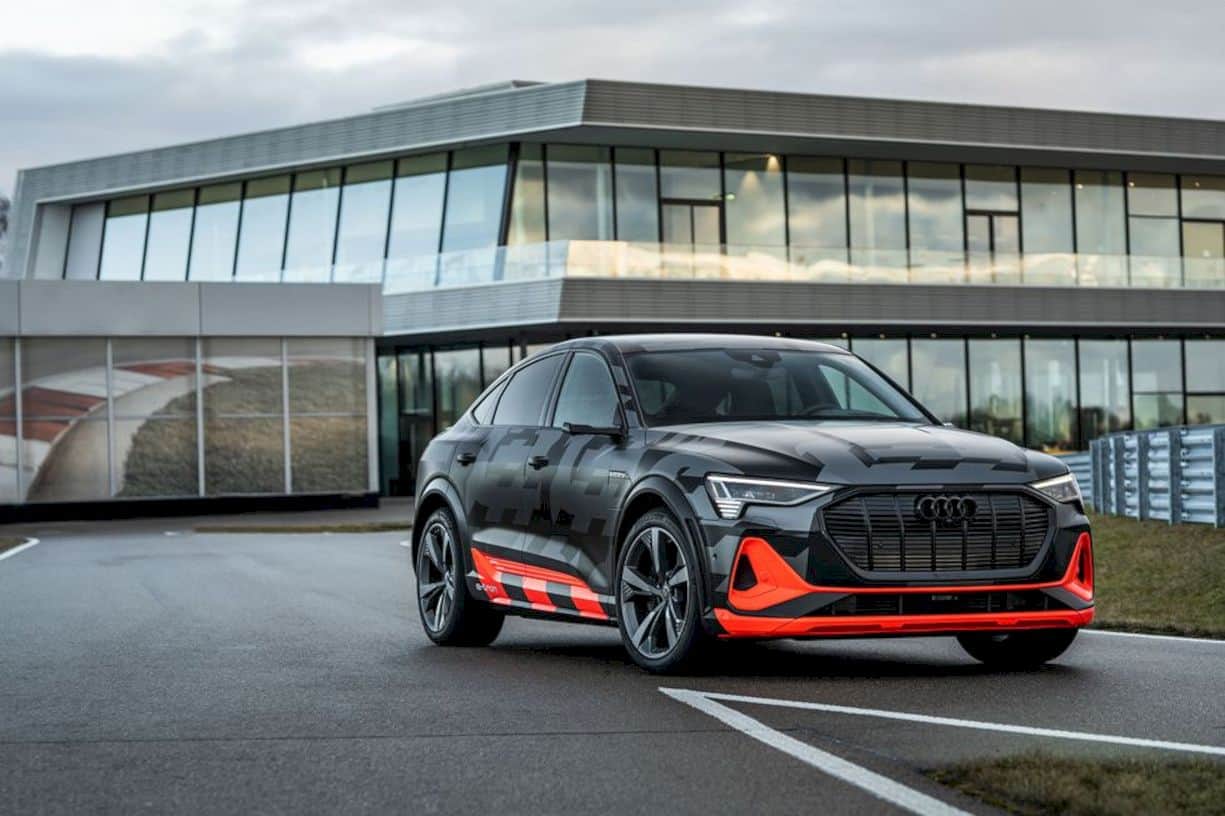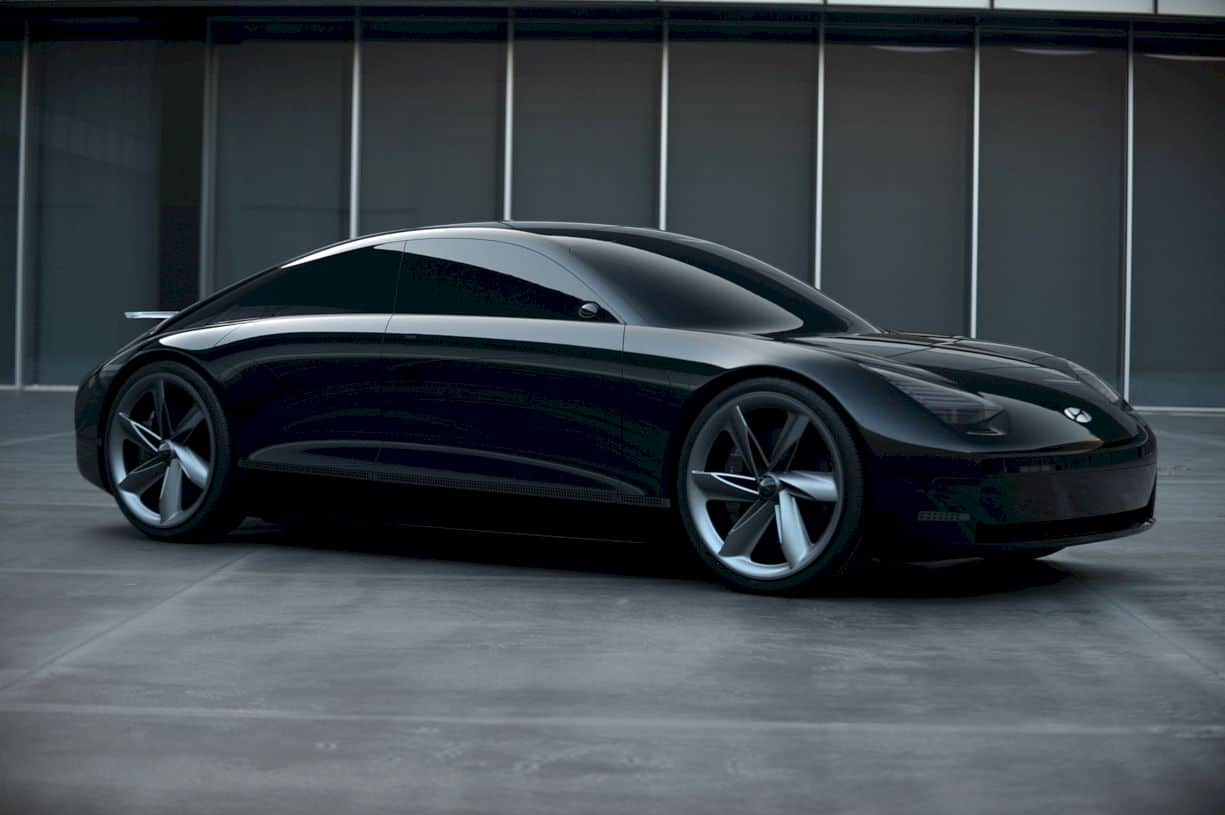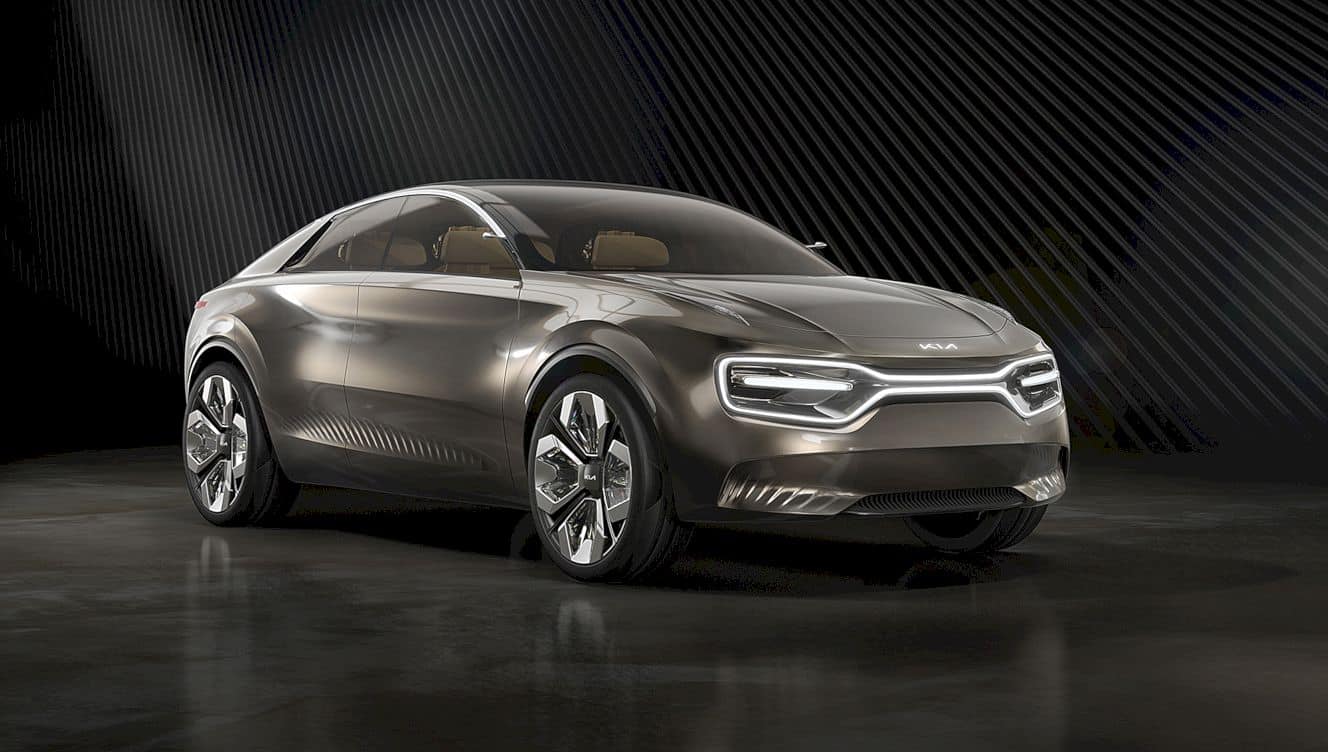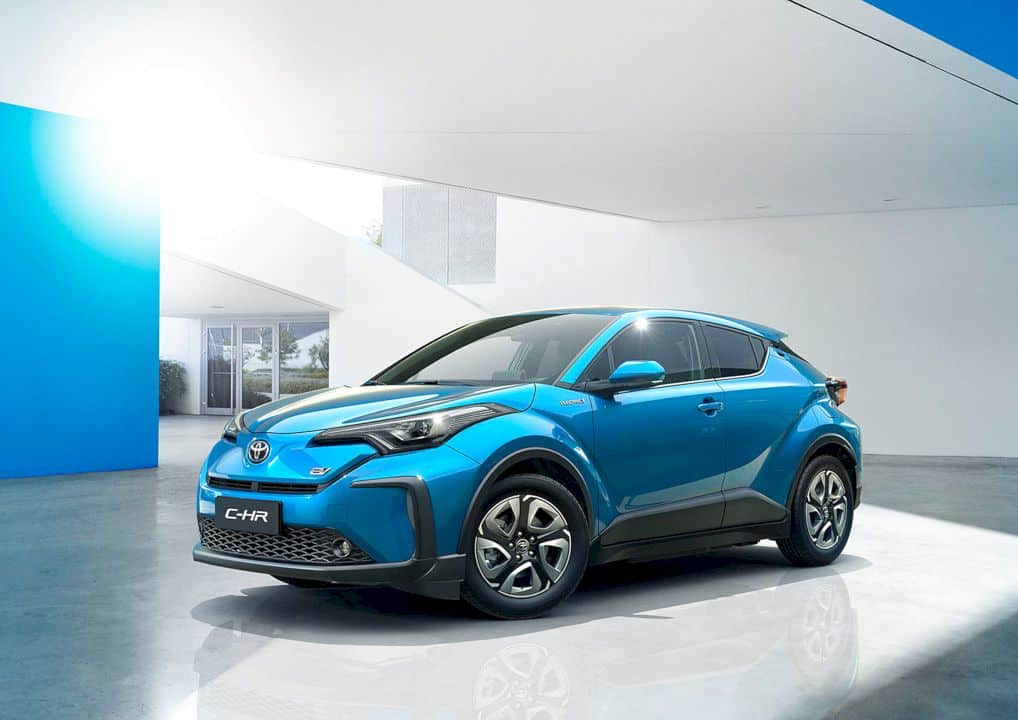Audi crowns the e-tron with a performance-enhanced S drive. Instead of just one, the Ingolstadt-based company installed two electric motors on the rear axle. Up to 370 kilowatts and 973 Newton meters increase not only the longitudinal but also the lateral dynamics.
The brand with the four rings has come up with something special for its S models and wants to be the first large-scale manufacturer to bring an electric car with three motors onto the road.
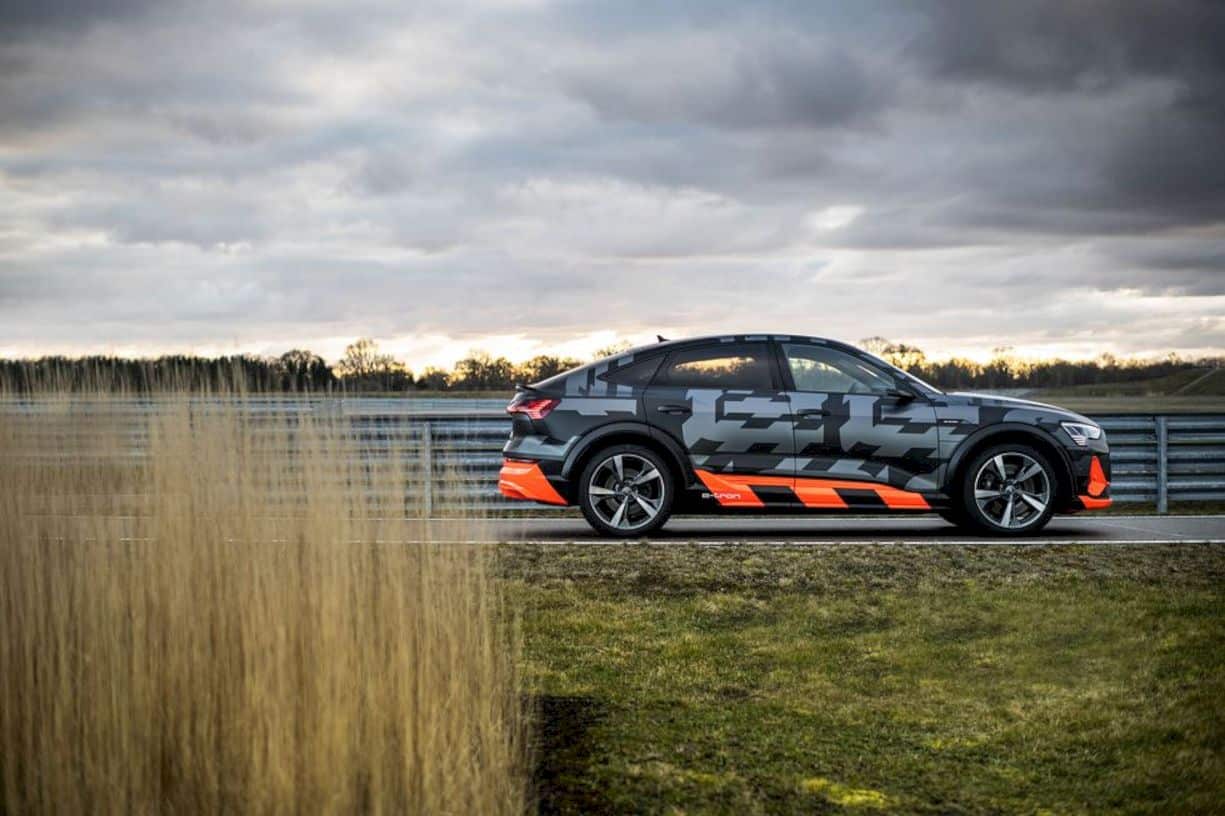
To do this, Audi turns the electric drive of the e-tron 55 quattro once to the left. The larger of the two engines, which is otherwise mounted on the rear axle, is shipped to the front axle for the S models and continues to deliver up to 150 kW in boost mode and up to 124 kW peak power without overboost.
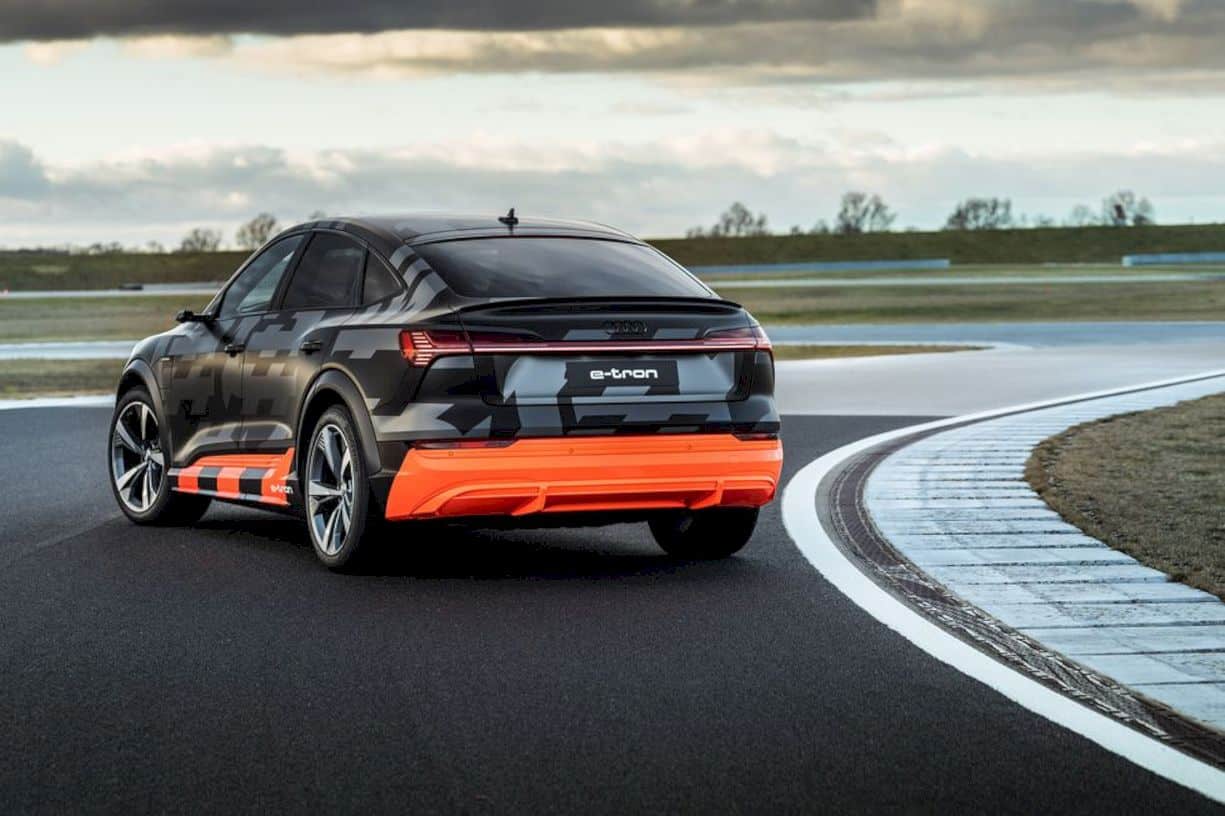
The smaller electric motor placed on the front axle of the e-tron is, in turn, modified accordingly and shipped to the rear axle, where a twin partner joins. This means that each rear wheel is additionally powered by 98 kW and in overboost even up to 132 kW.
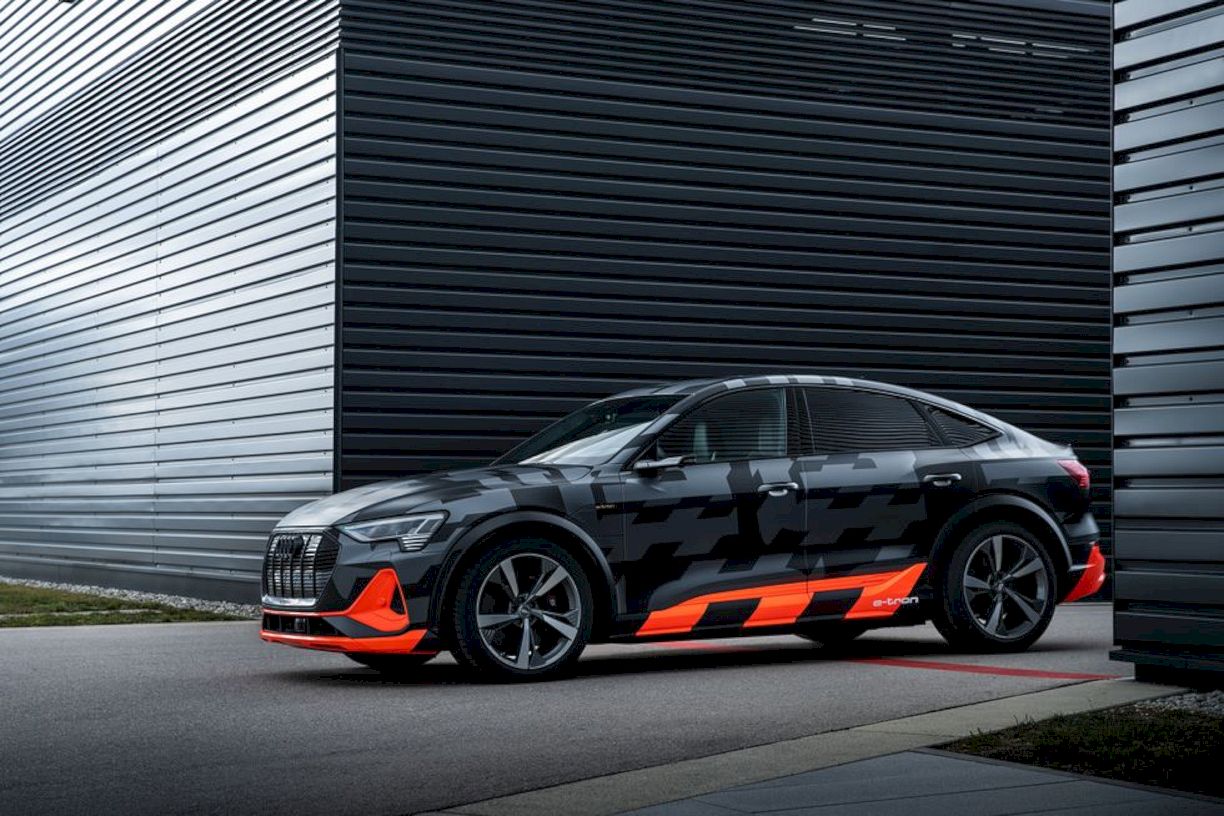
Together, the drive power adds up to 320 kW at peak and for up to eight seconds to 370 kW in boost mode, with the power output being capped at this value.
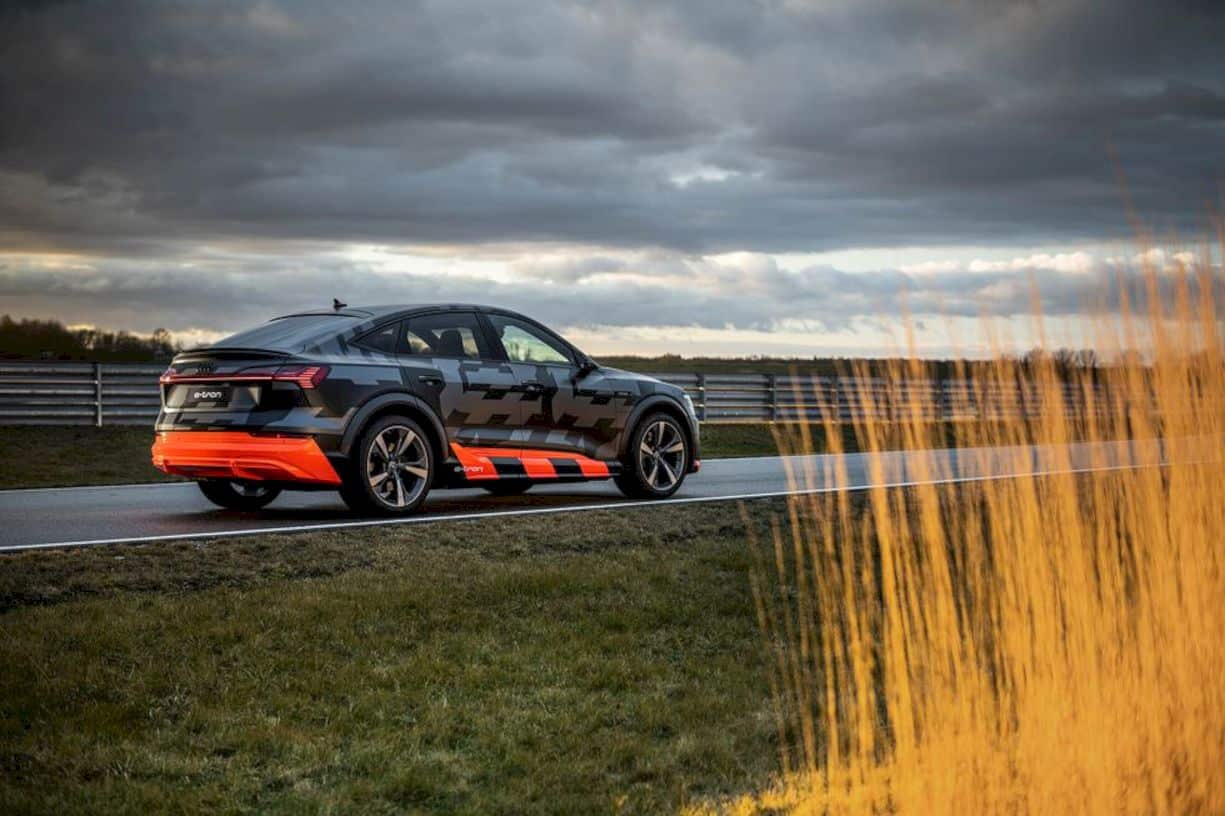
Each of the three liquid-cooled electric motors has separate power electronics and a fixed ratio by means of a planetary gear. The asynchronous machine on the front axle is placed parallel to the drive axles, while the two rear axle e-machines are mounted coaxially.
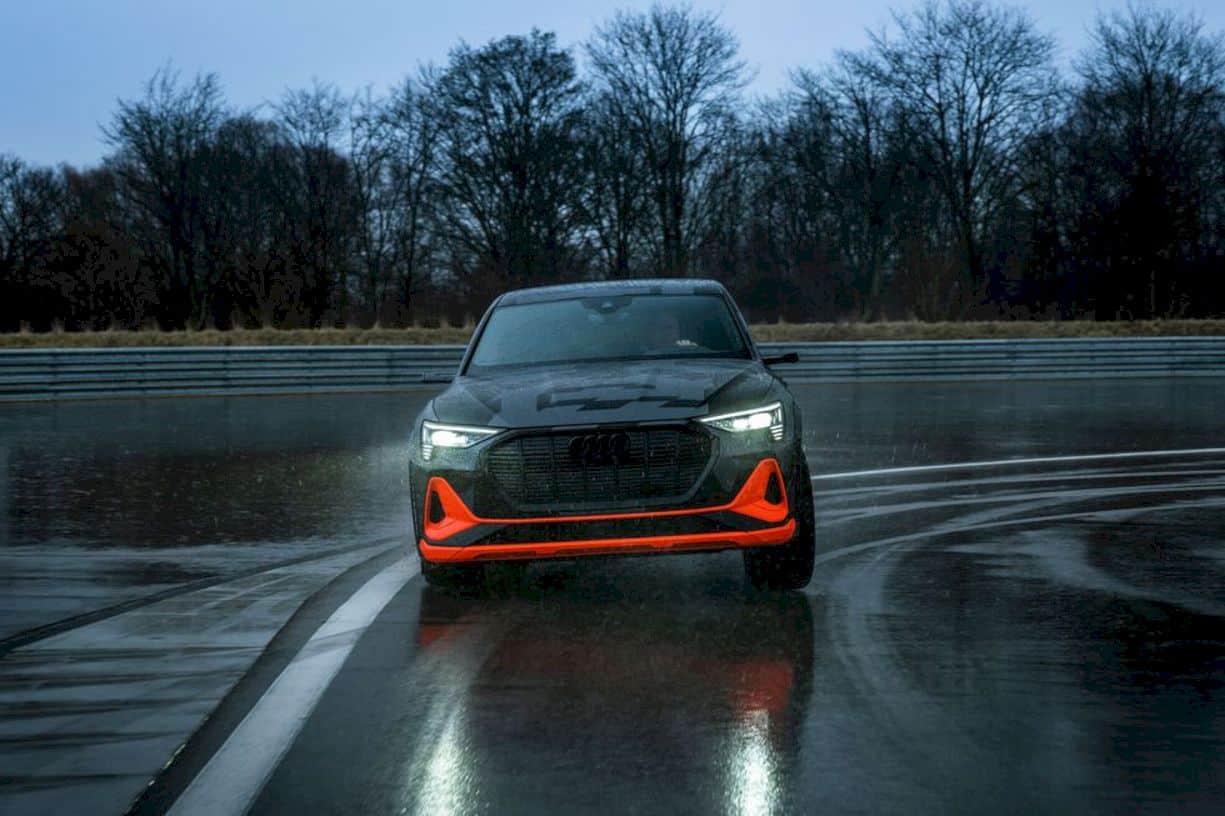
In addition, the S models are to be given a significantly more rear-emphasized and sporty set-up, which should even allow controlled drifts.
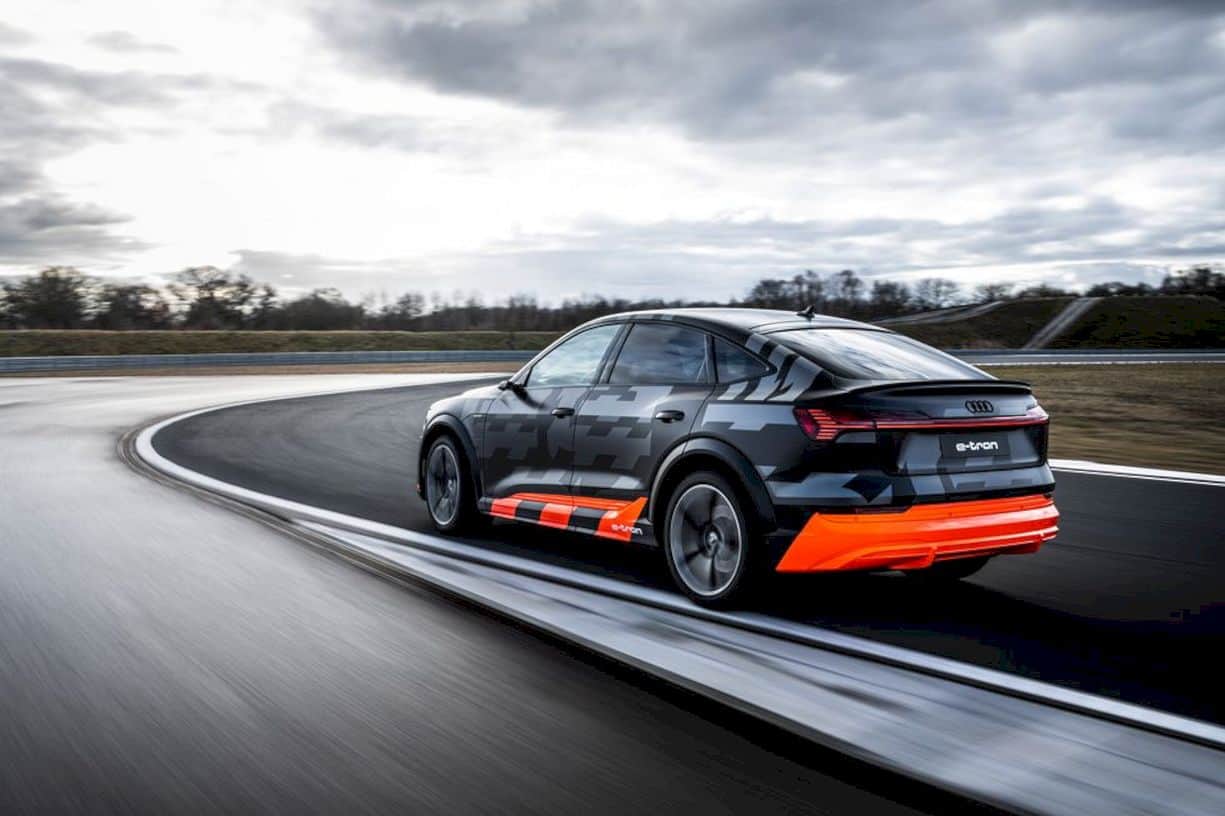
In everyday life, however, the 2021 Audi e-tron S Sportback only drives using its two rear-axle motors. The engine on the front axle only switches on when accelerating, cornering quickly, or on slippery surfaces.
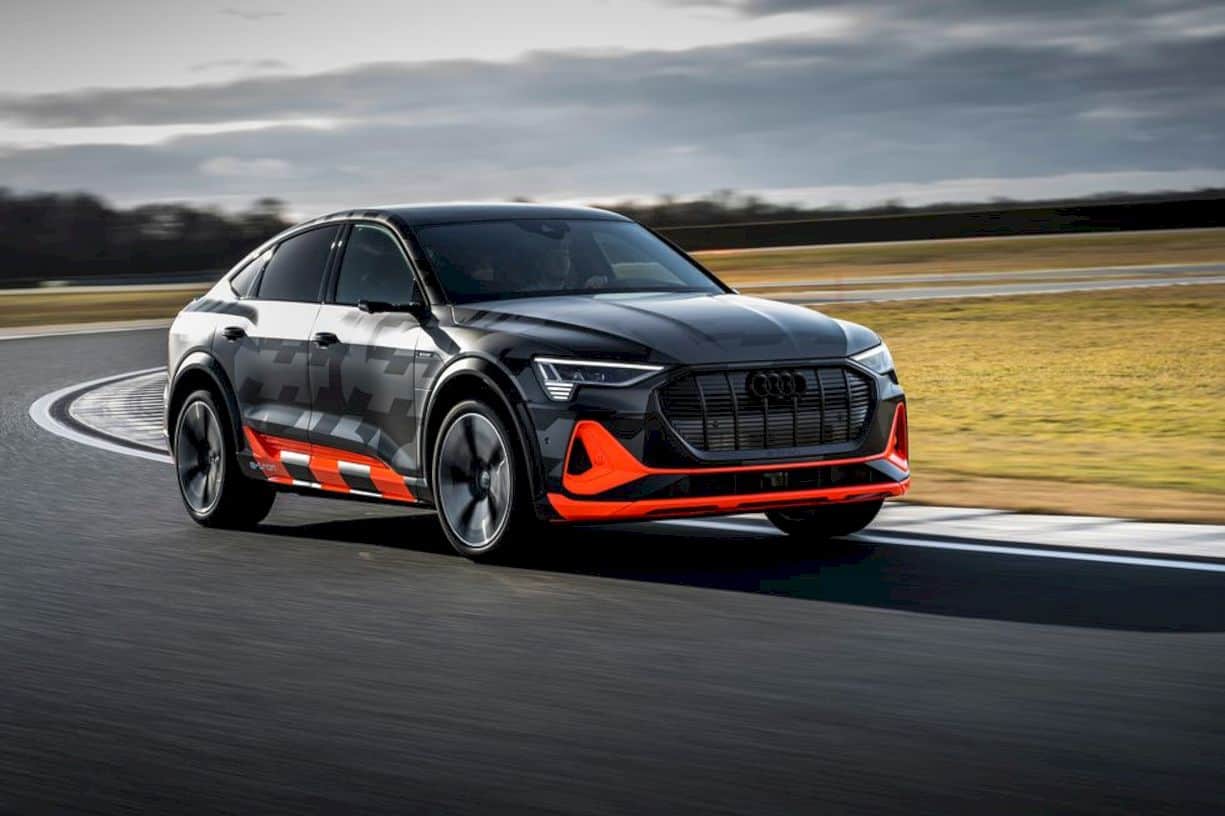
To fully enjoy the performance of the e-tron S, the driver can accelerate the SUV from 0 to 100 km / h in 4.5 seconds and look forward to a top speed that has been increased to 210 km / h.
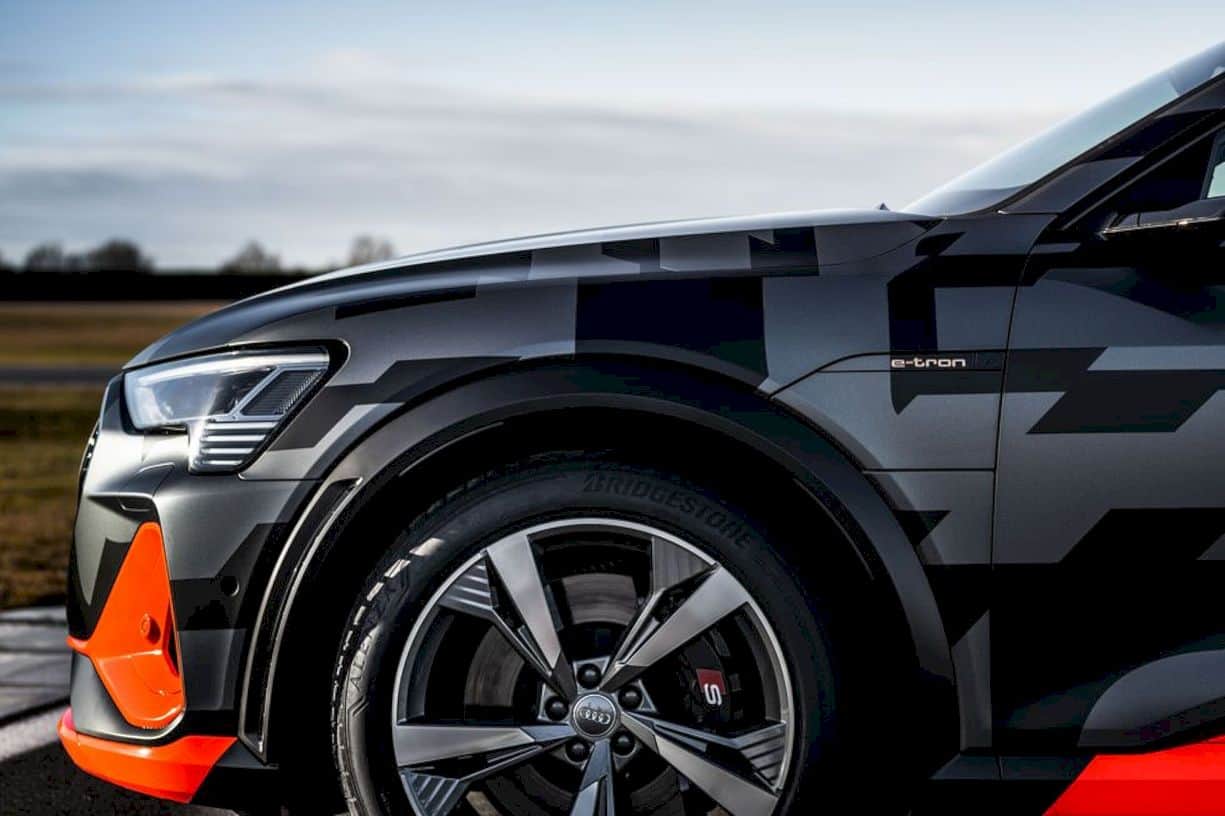
The 2021 Audi e-tron S Sportback packed battery with an energy content of 95 kWh and is charged either with three-phase current with 11 kW or with a DC fast charging station with up to 150 kW.
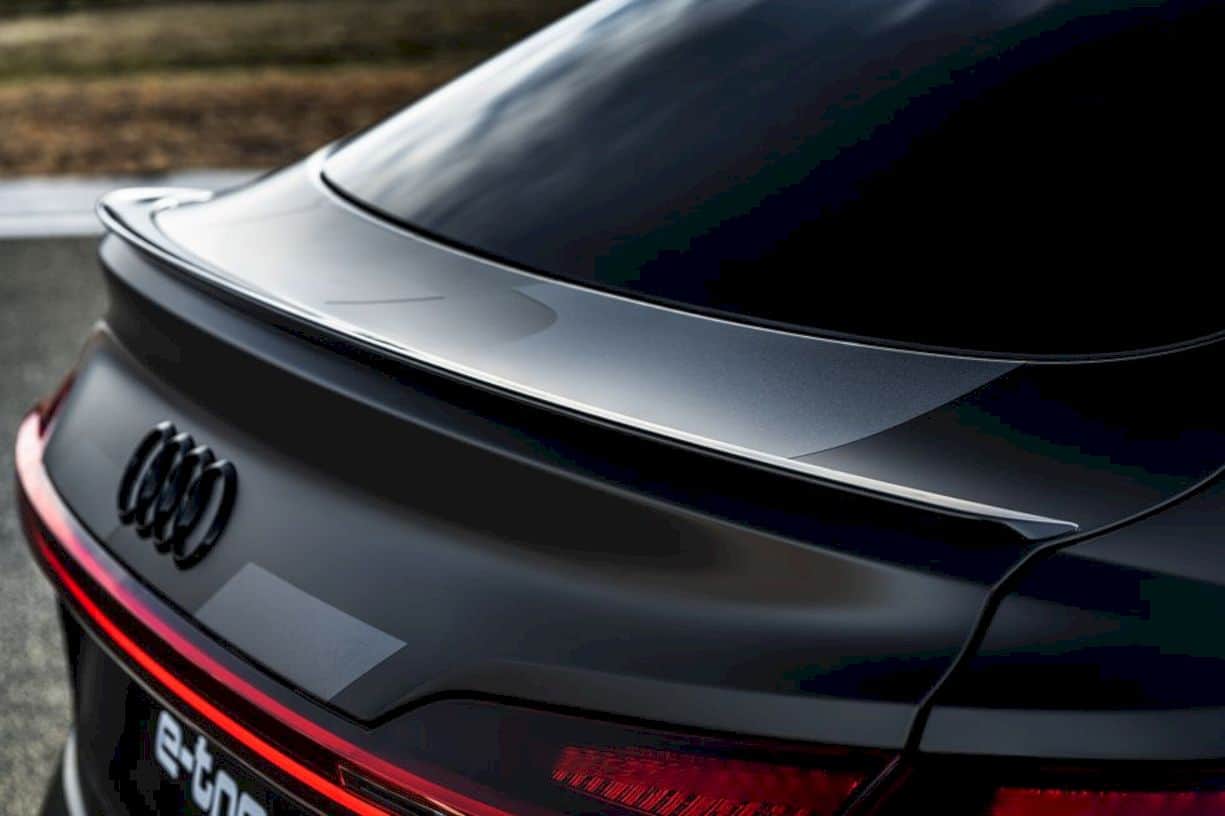
The sport offshoots differ optically by more contoured front and rear bumpers, a modified rear diffuser, and wheel arches widened by 23 millimeters.
The S models are expected to be available from summer 2020 at prices of just over €90,000 (~$100,443).
